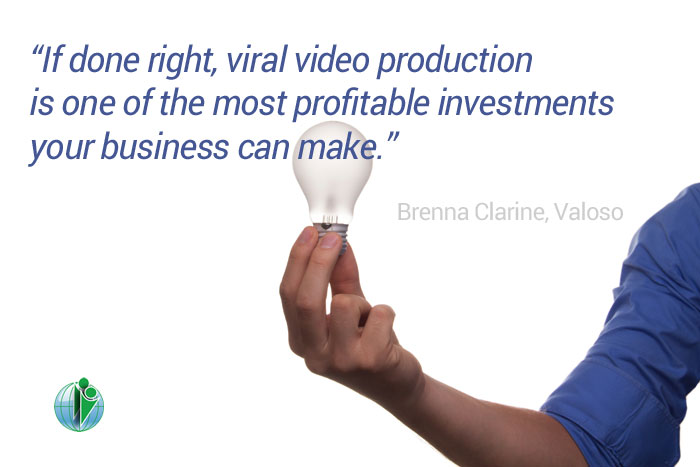Making Videos for the Web
This page may contain links to Amazon.com or other sites from which I may receive commission on purchases you make after clicking on such links. Read my full Disclosure Policy

According to MarketingProfs, the average American watches 19 hours of video per month. Video is clearly becoming an increasingly important strategy for marketing your business online. Ron Whitaker is one blogger who is taking advantage of this growing trend, and he’s here with some great information to help you get started too.

As a professional organizer, have you ever wanted to “show your stuff” on your blog? Well, you can start by blogging about your approach to organizing and decluttering, or perhaps a recent success with a client. You can show images, perhaps some befores and afters. But, have you ever considered video?
You don’t have to look far on the internet to see that video is becoming the communication style of choice. Just look at the incredible success of YouTube and Vimeo! But if you want to make videos for the web, and especially for your own blog, where do you begin?
Well, first, let me say that you definitely don’t need to be a Steven Spielberg or Nora Ephron to create quality, entertaining, and helpful videos for your audience. You just need to do it!
And here’s some tips to get you started.
Equipment: Camera, Lighting, etc.
So, the first question you might ask when considering making videos for the web is: what kind of camera and other equipment will I need?
There was a time when all that was available was film-based cameras. Perhaps you remember your parents taking home movies with the old Kodak movie camera. Film was expensive, and if you made a mistake…oh, well!
Today, thankfully, we have digital video cameras, and a bunch of ‘em available at the professional and amateur level. The amazing thing is that today you don’t even need a video camera to make decent recordings! If you’ve got a smart phone—such as an iPhone—you’re good to go!
Depending on what you’re going to shoot, you also might want to consider an inexpensive tripod. This will be a sturdy set of “legs” to attach your camera, or smartphone, providing quality, static shots. All you need to do is go to Amazon and search for “tripods.” I actually got my first tripod on Amazon for less than $20!
As far as lighting goes, if you’re going to be in a situation with plenty of natural (i.e., sunlight), you’ll be fine. But if you’re going to be shooting indoors, you might want to consider some additional lighting sources. Good ol’ shop lights from Lowe’s or Home Depot will do the trick! Just remember that the camera doesn’t see light as we humans do. We look in a situation and think “Hey, there’s plenty of light here.” But that’s because our eyes and brain compensate for that. The camera doesn’t have that luxury, so adding more light may be needed. Yes, sometimes more is better!
Post Production
OK. You’ve recorded your brilliant, Academy Award winning work of art. What’s the next step?
Well, you can simply upload it to your blog or YouTube and be done with it, or you can do a little editing and spice up that video! Don’t fret, it’s not too difficult. There is a slight learning curve, though.
There are quite a few options out there for video editing software. For Macs, the standard is Final Cut Pro. You’ve also got Adobe Premiere, which is also available for Windows systems. As for me, I have a Windows system and use Sony’s Vegas Pro, a great video editor. The only downside is that these software programs can be a little pricey!
So, if you’re new to video editing, you might want to simply save some money and use a couple of inexpensive, and even free, options. One excellent option for Mac users is a software product called iMovie. My understanding is that is comes standard on newer Macs. So, if you’ve purchased a Mac within the past couple of years or so, it should be on your system already! For Windows users, there’s Movie Maker, a free program.
You might need to do a little reading on each to learn the basics of editing, but it’ll be well worth it to customize your videos. And one of the convenient things is you can share your video on popular video websites like YouTube and Vimeo.
Summary
Video is a great tool for sharing information! There’s just something about us humans being visual creatures! We like a good image to get the point across!
I know at one point after creating a blog post with an infographic on how to declutter your home, I decided to take those steps and create quick tip videos from each step. One of my favorite decluttering videos simply provides a quick tip on taking your first steps in the decluttering process.
I hope this article has been helpful in helping you get started with video for your own website or blog.
How has video helped you, or how do you hope video will assist with your professional organizing business? Let us know in the comments below.



